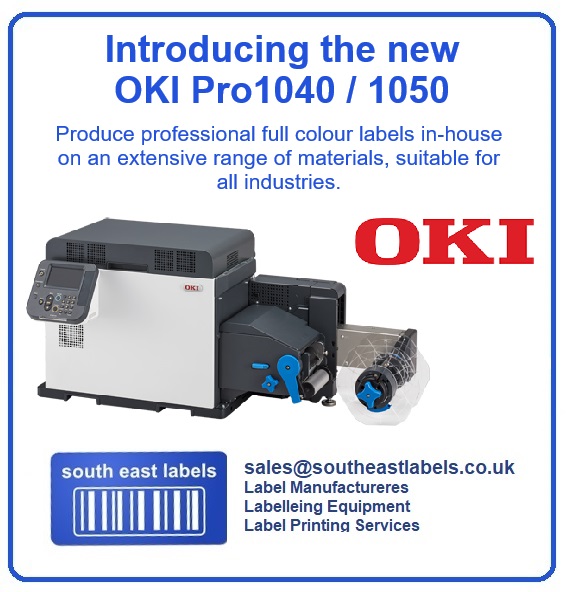Your cart is empty
QR Codes VS Barcodes
Both QR codes and barcodes enable you to pass on large amounts of data or information in a small, easy to reproduce image. Both offer businesses a way to speed up processes, as well as the opportunity to save on labour and costs. We have great experience when it comes to working with QR codes and barcodes, so we are well able to help you identify the differences, and choose the one which is perfect for you. Despite the surface similarities, there are distinct differences between QR codes and barcodes. Here is your guide to using QR codes and barcodes in your business.
Why use barcodes?
We all know and love barcodes. They are the big daddy of all codes and have been in use for years. Their versatility has been proven, time and time again, in everything from retail and manufacturing to transport and logistics. The barcode first proved itself in speeding up the process at retail outlet tills but it has since established itself throughout the whole supply chain, from stock management to tracking and distribution.
The barcode is a relatively inexpensive way to help drive speed, efficiency and profitability. It has stood the test of time in an always growing industry, which makes barcodes a popular choice for many businesses. It is important to think about what you need the label for, and whether you would benefit from the simple and effective barcode, or a QR code.
Why use QR codes?
Firstly, QR stands for Quick Response and nothing scientific like Quantum Radio or Quasi Realistic! Now here comes the science. A barcode is a 1 dimensional code that only holds numerical information but a QR code can hold much more variable data such as URL’s, serial numbers, descriptions, even poetry. This is because QR codes are two-dimensional, which allows QR codes to carry much more information in a smaller space.
- A QR code can carry up to a hundred times the amount of information of a barcode.
- A conventional barcode can take up to ten times the amount of printing space a QR code needs.
- A QR code is readable from any angle and on virtually any background and can suffer nearly 50% degradation and still be readable.
If video killed the radio star it was the smartphone that created the QR code boom. The growth in the use of QR codes mirrors the smartphone penetration of the telecommunications market. The QR code itself may have been around since 1994, but it first began to get itself noticed in 2009-10 as a critical mass of smartphone users was reached.
Most smartphones can now scan and read QR codes using scanning apps such as the i-nigma for the iPhone or RedLaser for android. The QR code is simply a way to pass on data that can be ‘read’ when it’s scanned. In this sense, it’s very similar to a barcode.
Using QR codes in marketing
Think of the barcode as the serious parent engaging in the work of shepherding items through the supply chain and carrying ‘sensible’ information about your products. The QR code, however, is the younger teen – more interested in the fun side of things, such as marketing messages.
Places you could print a QR code include:
- business cards – to carry more information than the space available
- flyers – that direct people to a web landing page with a special offer
- and promotional merchandise – directing people to online information about you
- Product Labels
The beauty of QR codes is they can in themselves be creative, suggesting images and logos or using colour rather than just black and white, To create something really eye-catching, invest in a professional designer to ensure your QR Code is ideally and aesthetically placed – contact us and we can offer our expert advice and services.

